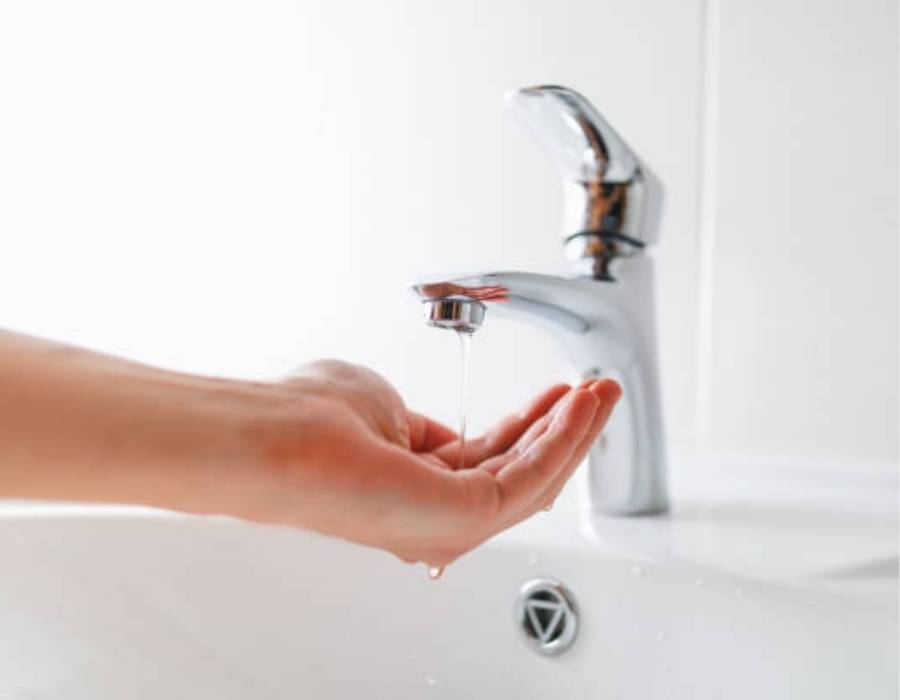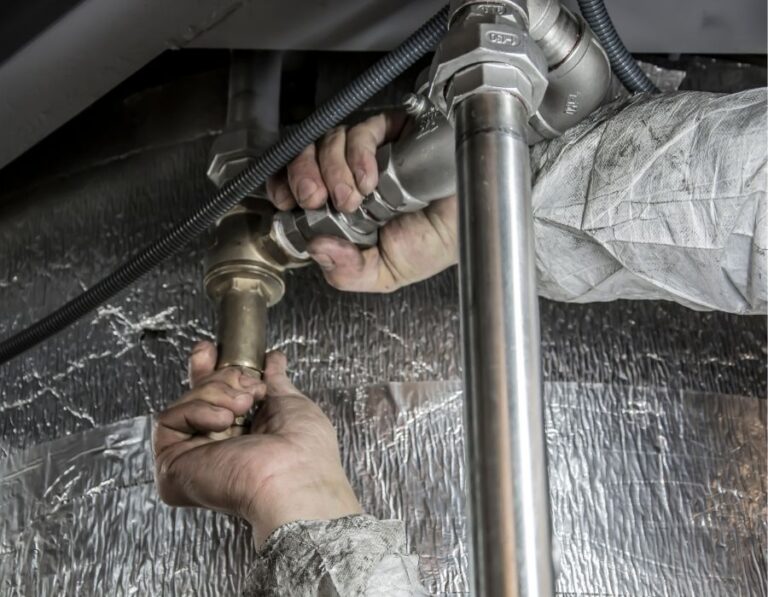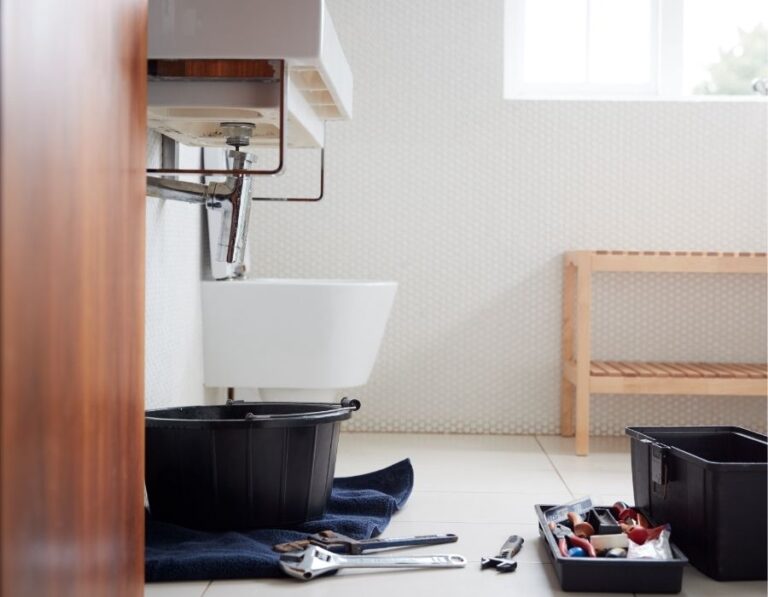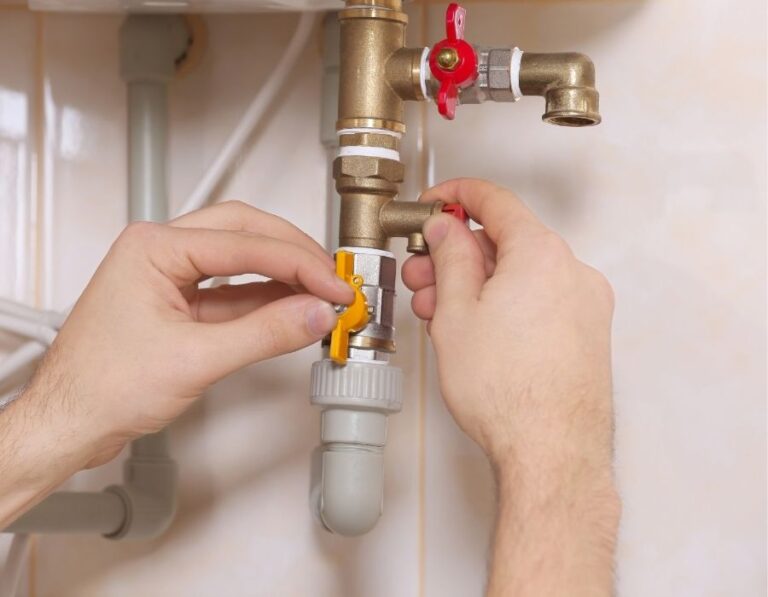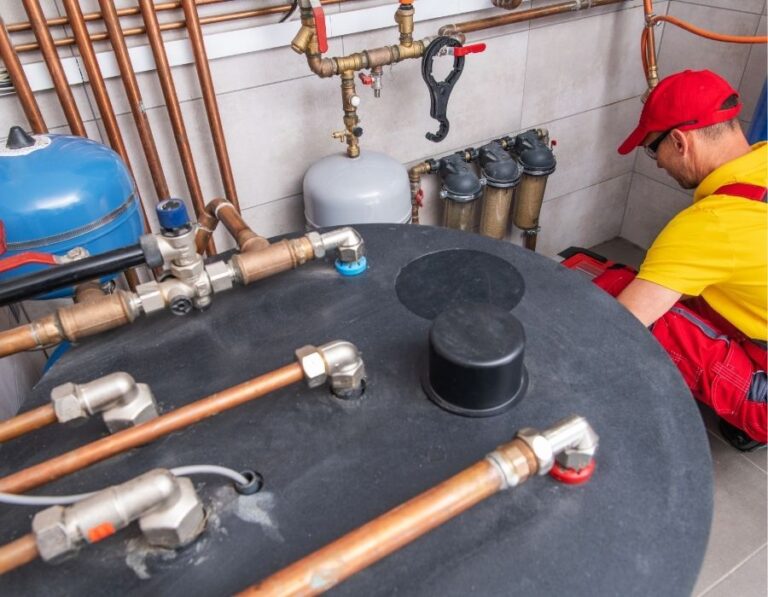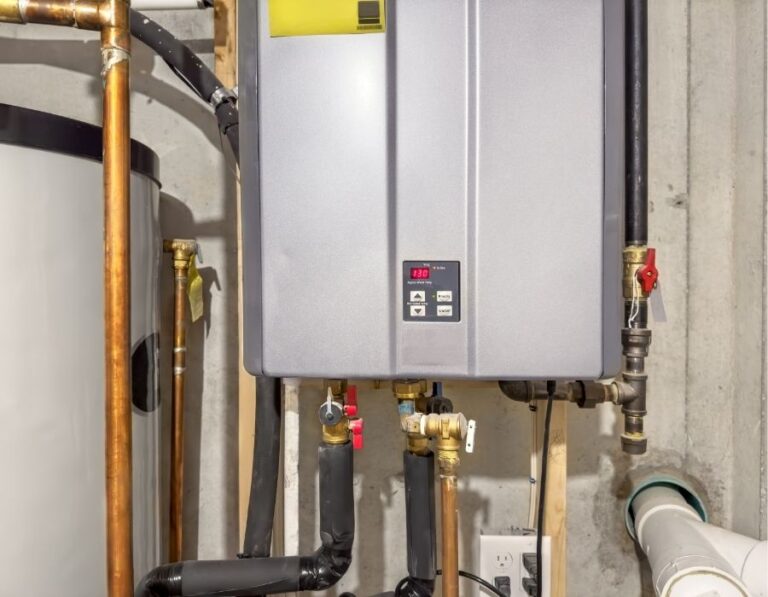Water Pressure Problems in Utah Homes? Here’s What They Really Mean
If you live in Utah, chances are you’ve noticed your water pressure fluctuating or maybe it’s consistently too high or too low. While it might seem like just an inconvenience, water pressure problems in Utah homes often reveal underlying plumbing or municipal issues that shouldn’t be ignored. From the unique mineral-heavy water common in the region to the high elevation and municipal water supply variations, Utah households experience pressure issues more frequently than many other states.
In this blog, we’ll break down what those water pressure problems really mean, answer the most frequently asked questions, and share actionable solutions so homeowners can avoid costly damage, improve comfort, and extend the lifespan of their plumbing systems.
Why Water Pressure Matters
Water pressure isn’t just about comfort, it’s about efficiency, safety, and savings. The pressure in your plumbing system influences everything from your morning shower to the lifespan of your pipes and appliances.
When pressure is too low, daily routines become frustrating: showers trickle instead of refresh, washing machines take longer to fill, and dishwashers can’t clean effectively. On the other hand, pressure that’s too high creates hidden risks. Pipes, seals, and valves are forced to work harder than they should, leading to leaks, bursts, or costly premature replacements.
Proper water pressure also has a direct impact on your utility bills. Low pressure may cause appliances to run longer, while excessively high pressure can lead to water waste you may not even notice.
For most homes, the ideal water pressure range is 40–60 psi. Anything outside of that sweet spot is a red flag that your plumbing system needs attention. Regularly checking and maintaining the right pressure helps protect your investment, conserve water, and keep everything running smoothly.
Common Causes of Water Pressure Problems in Utah Homes
1. Hard Water Build-Up
Utah is notorious for hard water, with some areas reporting hardness levels as high as 250–300 ppm (parts per million)—double the national average. Over time, minerals like calcium and magnesium build up inside pipes, faucets, and showerheads, restricting flow and lowering pressure.
2. Municipal Water Supply Variations
Cities in Utah often pull water from reservoirs, wells, or mountain streams. Seasonal changes, drought conditions, or maintenance work can alter the pressure that arrives at your home.
3. Pressure Regulator Malfunctions
Most Utah homes are equipped with a pressure reducing valve (PRV). If it fails, your home may experience dangerously high pressure (above 80 psi), which can damage appliances and water heaters.
4. Aging Plumbing Infrastructure
Many Utah neighborhoods were built decades ago, and older galvanized steel pipes corrode internally, narrowing water flow and reducing pressure.
5. Elevation Challenges
Homes at higher elevations, such as those near the Wasatch Front, naturally face lower water pressure due to gravity and distance from pumping stations.
The Hidden Dangers of High Water Pressure
Consistently high water pressure anything above 80 psi might seem like a luxury, but it can quickly become a costly problem. Excessive pressure strains your plumbing system, leading to leaks, burst pipes, and shortened lifespans for appliances like dishwashers and water heaters. Beyond the damage, it also wastes water and drives up utility bills, turning what feels like stronger flow into a silent drain on your home’s efficiency and budget.
Spotting the Warning Signs of a Failing Water Pressure Regulator
When your water pressure regulator starts to fail, your plumbing system often gives you clear signals. You might notice fluctuating pressure where the water alternates between strong bursts and weak trickles, or experience loud banging in the pipes, a phenomenon known as water hammer. In some cases, the entire home may suffer from water pressure that is consistently too high or too low, creating both frustration and hidden risks.
Because these symptoms can also point to other plumbing issues, it’s important to confirm the cause before problems escalate. A licensed plumber can quickly test your system with a pressure gauge to determine whether the regulator is the culprit. Addressing the issue early not only prevents potential leaks and appliance damage but also keeps your home’s plumbing running efficiently and safely.
How Utah’s Hard Water Slowly Strangles Your Water Pressure
Utah is notorious for its hard water, and while the extra minerals aren’t harmful to your health, they can wreak havoc on your plumbing. As calcium and magnesium build up inside pipes, fixtures, and faucet aerators, water flow becomes increasingly restricted. What starts as a minor inconvenience—a slightly weaker shower stream or a sink that takes longer to fill can gradually escalate into chronic low water pressure throughout the entire home.
Left untreated, this mineral buildup doesn’t just impact convenience; it puts your plumbing system at serious risk. Over time, the deposits can become so severe that pipes narrow to the point of failure, sometimes requiring costly repiping or major repairs. Regular maintenance, descaling, and water-softening solutions can help prevent these long-term issues, preserving both water pressure and the overall health of your plumbing system.
Solutions for Utah Homeowners
1. Check Your Pressure Regularly
Buy a simple $10–$20 water pressure gauge from a hardware store. Test your pressure at an outdoor spigot. If it reads above 80 psi or below 40 psi, it’s time to call a plumber.
2. Install or Replace Your Pressure Regulator
A PRV typically lasts 7–12 years. If your home is older than that, consider replacement. It’s one of the most effective solutions for preventing pressure-related damage.
3. Invest in a Water Softener
Water softeners are a must-have in Utah. Not only do they extend the life of your pipes, but they also improve pressure consistency by reducing scale buildup.
4. Clean or Replace Fixtures
If only certain areas of your home suffer from low pressure, remove and clean aerators, showerheads, or supply lines clogged by hard water deposits.
5. Schedule Regular Plumbing Inspections
A licensed plumber can identify small issues before they become expensive emergencies. Annual checks can save thousands in long-term repairs.
Protecting Your Home Starts with the Right Water Pressure
Water pressure problems in Utah homes aren’t just a nuisance, they’re a warning sign. Whether it’s mineral-heavy water, municipal supply issues, or aging pipes, the underlying causes can lead to costly damage if ignored. By understanding what your water pressure is really telling you and taking proactive steps like installing a pressure regulator, investing in a water softener, and scheduling regular plumbing checks—you can protect your home, save money, and enjoy consistent water flow every day.
Don’t wait for a pipe to burst or a water heater to fail. Act now, and ensure your Utah home’s plumbing is running at its best.

